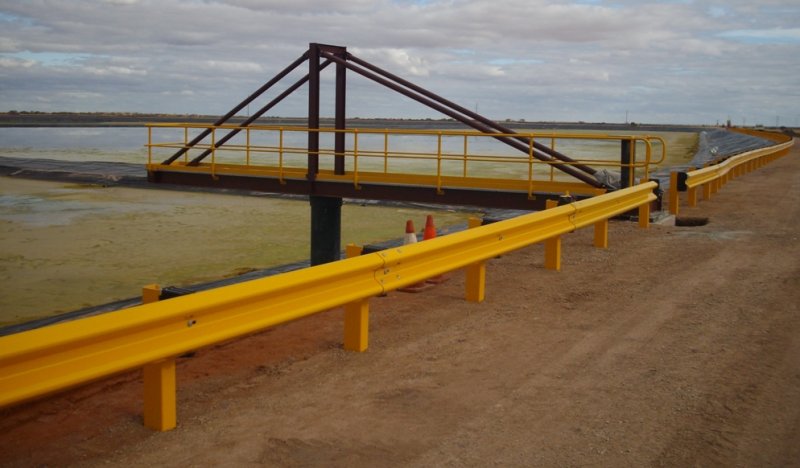Crash beams, also called guardrails or crash barriers, are designed to absorb and redirect the power of a vehicle influence, thereby stopping the automobile from leaving the roadway and doubtlessly inflicting more significant injury, accidents, or fatalities. The functioning of crash beams entails several key rules:
1. Energy Absorption:
Deformation: Crash beams are sometimes designed to deform or crumple upon influence. This deformation absorbs kinetic vitality from the moving car, slowing it down progressively somewhat than abruptly.

Material Selection: Crash beams are usually made from supplies that can take up impression vitality effectively. Click for info and concrete are frequent materials used for crash obstacles because of their strength and skill to deform in a managed method.
2. Redirection of the Vehicle:
Slope and Shape: Crash beams are sometimes put in at a slight angle or curve. When a vehicle impacts the barrier, this slope and form help redirect the vehicle again onto the road, preventing it from overturning or veering off into a more dangerous area.
End Treatments: The ends of crash beams are equipped with specialised terminals or end remedies designed to absorb impression energy and redirect the vehicle away from the barrier or different obstacles. These end therapies can embrace crash cushions, guardrail end terminals, or energy-absorbing supplies.
3. Anchorages and Stability:
Sturdy Installation: Crash beams are securely anchored to the ground or different constructions to make sure stability. Proper installation and anchorage prevent the barrier from collapsing upon influence, sustaining its effectiveness in stopping car intrusion.
four. High Visibility and Signage:
Reflective Markings: Crash beams are sometimes outfitted with reflective materials or markings to enhance visibility, especially throughout low-light situations. High visibility ensures that drivers can see the barrier from a distance, permitting them to react and avoid collisions if potential.
Warning Signs: Warning signs indicating the presence of crash barriers are positioned alongside the roadway to alert drivers upfront, giving them time to regulate their velocity and driving conduct.
5. Maintenance and Repairs:
Regular Inspections: Crash beams require common inspections to verify for indicators of damage, damage, or corrosion. Inspections ensure that the barrier remains structurally sound and able to performing its supposed perform.
Timely Repairs: Damaged or worn-out sections of crash obstacles have to be repaired or changed promptly to maintain up their effectiveness. Proper repairs ensure that the barrier can proceed to absorb energy throughout an influence.
In abstract, crash beams work by absorbing and dissipating the energy of a vehicle impact, redirecting the vehicle away from dangerous areas, and stopping it from leaving the roadway. Proper design, set up, and maintenance are essential to make sure crash limitations operate successfully and contribute to road security..
